People on UK banknotes
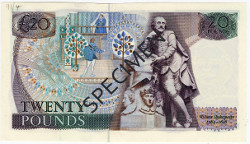
Other than the image of Britannia, which appeared on the first Bank of England notes, the first person to appear on a UK banknote was King George V. The Treasury used his image on the £1 and 10 shilling notes it issued during World War One. Unlike other UK banknotes these notes were not issued by the Bank of England.
The Bank of England traditionally resisted any image of the monarch on its notes. Until 1946 it was an independent institution and did not want to use images that suggested state control.
In the 1930s the Bank's directors thought a portrait of a real person might make forgery more difficult. Their first idea was for a portrait of the first Governor of the Bank of England, Sir John Houblon. The Bank commissioned designs from several artists, but put the idea on hold. Sir John Houblon's picture was finally used in 1994 on the £50 note.[1]
Paradoxically the Bank's directors also considered images of William and Mary, who were joint monarchs when the Bank was founded in 1694.
Once the Bank was nationalised in 1946, there were no objections to the current monarch's portrait. In 1960 a portrait of HM the Queen was used on a Bank of England note for the first time (the £1 note).
Ideas about a new series of banknotes featuring characters from Britain's history began in the 1960s. The Bank's in-house designer, Harry Eccleston, produced the first design in 1964. It was for a 10 shilling note with a portrait of Sir Walter Raleigh. Decimalisation came too soon for this design to go into production. The first of this series issued was the £20 note. It had a picture of William Shakespeare on the reverse (as with coins the reverse is the other side to the Queen's head). The new £20 note started a tradition of UK banknotes featuring famous historical characters.
Pictorial Series - introduced 1970-81
The Bank introduced the first series of banknotes featuring well-known people. It was known as the Pictorial Series. The notes were introduced over a period from 1970 to 1981.
| Value | Portrait | In circulation |
|---|---|---|
| £1 | Sir Isaac Newton | 1978-88 |
| £5 | Duke of Wellington | 1971-91 |
| £10 | Florence Nightingale | 1975-94 |
| £20 | William Shakespeare | 1970-93 |
| £50 | Sir Christopher Wren | 1981-96 |
There was some debate as to the choice of person for the £5 and £10 notes. A few other names the Bank of England's Design Committee considered were George Stephenson (railway engineer), Isambard Kingdom Brunel (engineer), Charles Dickens (author), John Constable (artist), Sir Christopher Wren (architect), Horatio Nelson, and former Prime Ministers, Benjamin Disraeli and William Pitt (I'm not sure which one: the Eldler or the Younger). Wren was later selected for the £50. Stephenson and Dickens were on the £5 and £10 notes in the next series.[2]
First Historical Series - introduced 1990-94
The Bank introduced a new series of notes featuring people in 1990. This was the first 'Historical' series. The first design was a new £5 note. It featured the railway engineer, George Stephenson. Scientist Michael Faraday was on £20 note, Charles Dickens was on the £10 and Sir John Houblon, the first Governor of the Bank of England was on the £50.
There were several other candidates considered, some of whom made it onto later notes (see list below): Charles Darwin (scientist), Sir Edward Elgar (composer), Alfred, Lord Tennyson (poet), John Keats (poet), Henry Purcell (composer), Percy Shelley (poet), Thomas Gainsborough (artist), Joseph Mallord William Turner (painter) and Grace Darling. [3]
Grace Darling was a lighthouse keeper's daughter. She and her father rescued passengers and crew from the paddlesteamer Forfarshire which ran aground on the Farne Islands in 1838.
| Value | Portrait | In circulation |
|---|---|---|
| £5 | George Stephenson | 1990-2003 |
| £10 | Charles Dickens | 1991-2003 |
| £20 | Michael Faraday | 1991-2001 |
| £50 | Sir John Houblon | 1994-2014 |
Second Historical Series - introduced 1999-2002
In 1999 the Bank introduced a second Historical Series. There was no £50 note. The note featuring Houblon continued until 2014.
Darwin and Elgar were on the £10 and £20 notes. The £5 note had a portrait of prison reformer Elizabeth Fry.
| Value | Portrait | In circulation |
|---|---|---|
| £5 | Elizabeth Fry | 2002-2017 |
| £10 | Charles Darwin | 2000-2018 |
| £20 | Sir Edward Elgar | 1999-2010 |
Third Historical Series - introduced 2007-2015
The third historical series comprises only two notes; the £20 note and the £50 note. The £20 features the economist, Adam Smith. The £50 note features two people, the engineers Matthew Boulton and James Watt.
| Value | Portrait | Introduced |
|---|---|---|
| £20 | Adam Smith | 2007 |
| £50 | Matthew Boulton and James Watt | 2011 |
Current UK banknotes
The current UK banknotes are a mix of two series. The third Historical Series (£20 and £50) and a new Polymer Series (£5, £10 and £20).
Our current series of banknotes features the former Prime Minister Sir Winston Churchill, novelist Jane Austen, economist Adam Smith, painter J M W Turner and the engineers, Matthew Boulton and James Watt.
| Value | Portrait | Introduced |
|---|---|---|
| £5 | Sir Winston Churchill (Polymer) | 2016 |
| £10 | Jane Austen (Polymer) | 2017 |
| £20 | Adam Smith | 2007 |
| £20 | J M W Turner (Polymer) | 2020 |
| £50 | Matthew Boulton and James Watt | 2011 |
Look out for new banknotes featuring mathematician and computer scientist, Alan Turing (£50) which should be in circulation by the end of 2021.
References
[1]Promises to Pay by Derrick Byatt, published by Spink 1994, pages 132-6
[2] Promises to Pay, page 187
[3]English Paper Money by Vincent Duggleby, 9th Edition, page 305
By Steven Braggs, January 2020 updated December 2020
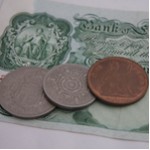
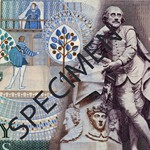
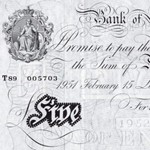
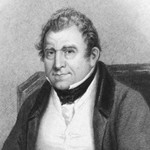
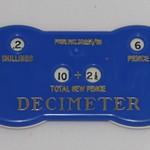

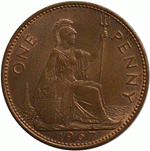
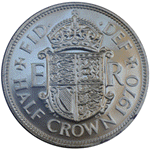
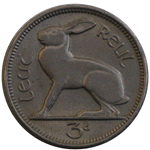
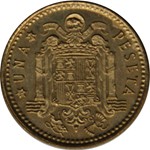
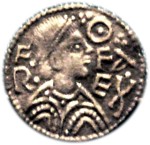
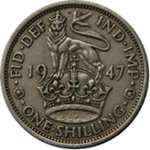
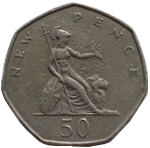
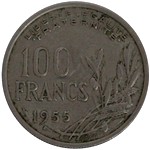


Comments